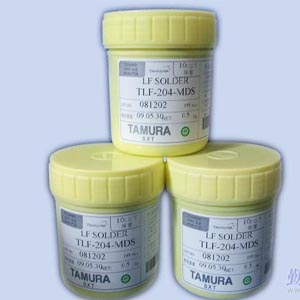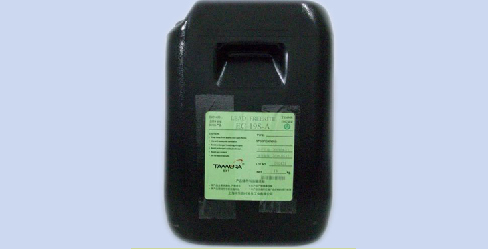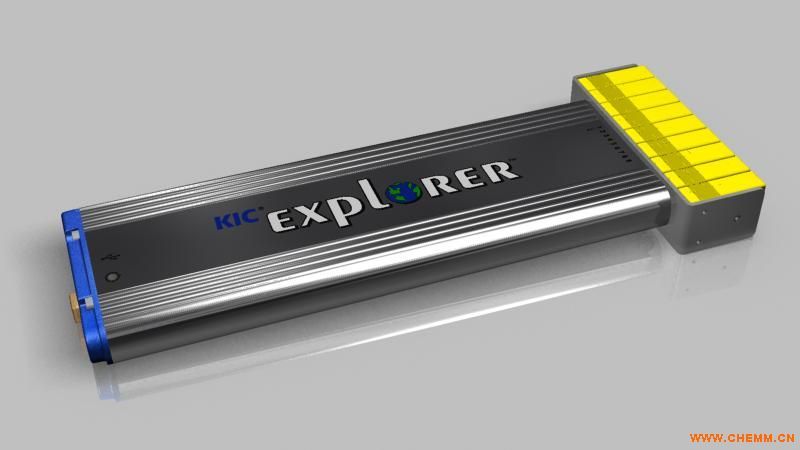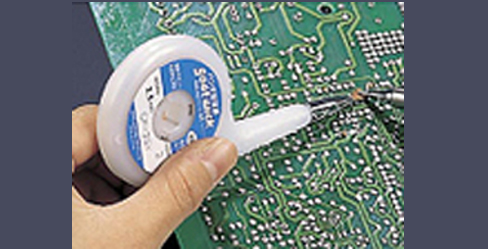AIM SAC305
1. First aid measures
Eye contact: Immediately flush eyes with plenty of water for at least 15 minutes, occasionally lifting the upper and lower eyelids. Check for and remove any contact lenses. Get medical attention if irritation occurs.
Skin contact: Flush contaminated skin with plenty of water. Remove contaminated clothing and shoes. Get medical attention if symptoms occur. Wash clothing before reuse. Clean shoes thoroughly before reuse.
Inhalation: Move exposed person to fresh air. Keep person warm and at rest. If not breathing, if breathing is irregular or if respiratory arrest occurs, provide artificial respiration or oxygen by trained personnel. It may be dangerous to the person providing aid to give mouth-to-mouth resuscitation. Get medical attention if symptoms occur. If unconscious, place in recovery position and get medical attention immediately. Maintain an open airway. Loosen tight clothing such as a collar, tie, belt or waistband.
Ingestion: Wash out mouth with water. Remove dentures if any. Move exposed person to fresh air. Keep person warm and at rest. If material has been swallowed and the exposed person is conscious, give small quantities of water to drink. Stop if the exposed person feels sick as vomiting may be dangerous. Do not induce vomiting unless directed to do so by medical personnel. If vomiting occurs, the head should be kept low so that vomit does not enter the lungs. Get medical attention if symptoms occur. Never give anything by mouth to an unconscious person. If unconscious, place in recovery position and get medical attention immediately. Maintain an open airway. Loosen tight clothing such as a collar, tie, belt or waistband.
Protection of first-aiders: No action shall be taken involving any personal risk or without suitable training.
2. Physical and chemical properties
Physical state: Solid.
Color: silver-grey
Melting/freezing point: 217-218 C
Relative density: Weighted average: 7.38 (Water = 1)
Ionicity (in water) : Non-ionic.
Dispersibility properties: Not dispersible in cold water, hot water, methanol, diethyl ether, n-octanol, acetone.
Solubility: Insoluble in cold water, hot water, methanol, diethyl ether, n-octanol, acetone.
3. Stability and reactivity
Stability and reactivity: The product is stable.
Conditions of instability: Stable in normal conditions. Over melting point, will emit toxic tin oxides. (TIN)
Incompatibility with various substances: Reactive or incompatible with the following materials: oxidizing materials, acids and moisture.
Hazardous polymerization: Will not occur.
Conditions of reactivity: Non-flammable in the presence of the following materials or conditions: open flames, sparks and static discharge, heat and shocks and mechanical impacts.
Non-explosive in the presence of the following materials or conditions: open flames, sparks and static discharge, heat and shocks and mechanical impacts









